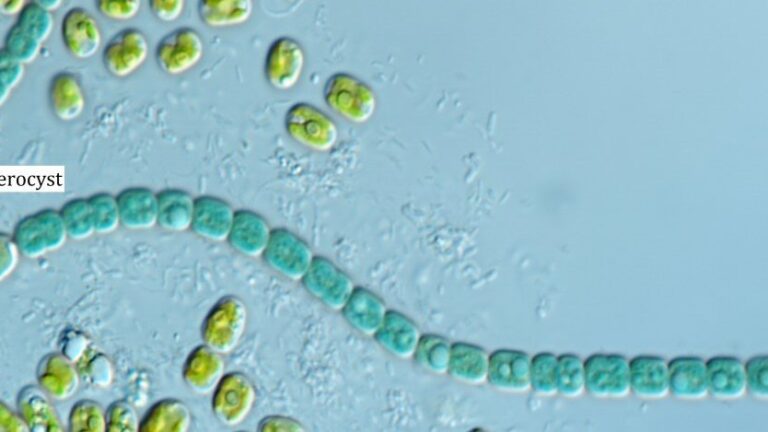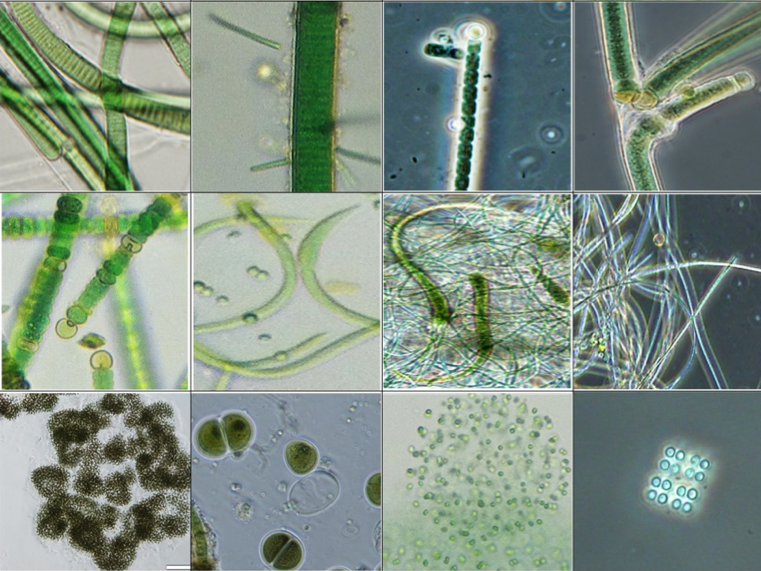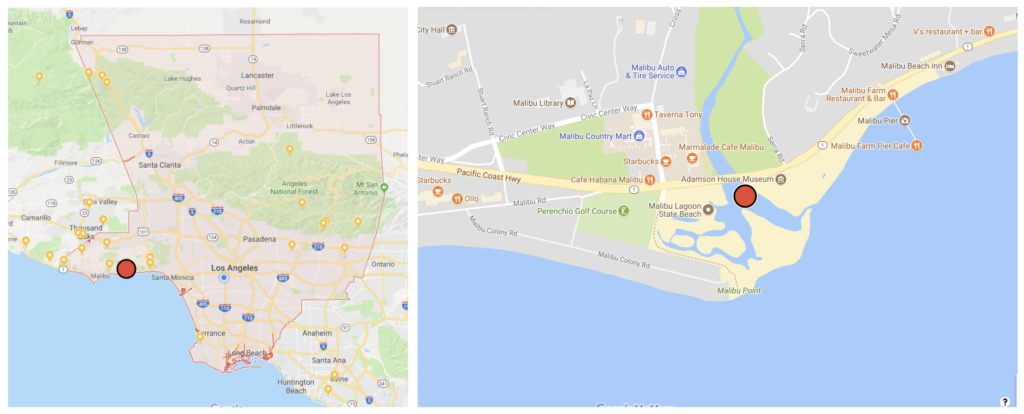
Tiny and Toxic
Harmful algal blooms are created by toxin-producing algae. Some species of algae are known to live in freshwater and some in saltwater. In Southern California, though, many areas have a mixture of salt and freshwater, such as estuaries, lagoons, and wetlands. Very little is known about the type and distribution of toxin-producing algae in these mixed areas. This lack of information has made it difficult to understand or predict the threats posed to animal health in estuaries and lagoons, as well as threats to human health through the contamination of seafood.
In response, USC Sea Grant funded a study over the last four years to isolate, culture, and identify the toxin-producing algae in these fresh/salt ecosystems. The study, led by USC Professor David Caron, USC Associate Professor Eric Webb, and USC Postdoctoral Investigator Avery Tatters, hoped to better understand when, why, and what species were in ‘hot spots’ within the region.
Researchers were surprised to find that cyanobacteria, not algae, make up a large number of potentially toxic species from over 50 locations along the Southern California coast. Cyanobacteria are also commonly referred to as blue-green algae (even though they are not true algae but instead are bacteria) and are unicellular, filamentous, and colonial. Under the microscope, they appear as green, hair-like shapes. Blooms or overgrowth of cyanobacteria can often be toxic to other organisms in the water around them and can be caused by many factors or interactions of factors including light availability, temperature, hydrology, and nutrients.

This USC-Sea Grant-funded research is the first to document the existence of multiple cyanobacterial toxins simultaneously present in estuarine ecosystems along the west coast. The research team has created a public webpage providing information and maps on the presence of cyanobacteria and cyanotoxins in a variety of water bodies in Southern California. Some spots have as many as eight species documented to date, although the team is still gathering data. The research team has also established a culture collection of all the cyanobacterial species they have found in the region, providing a community resource for further research.

As the team stated in a recent publication in the journal Toxins, “our results raise concerns for recreation, harvesting of finfish and shellfish, and wildlife and desalination operations, highlighting the need for assessments and implementation of monitoring programs.” In addition to the research team sharing results academically through publications in top journals like Toxins and Estuaries and Coasts, they also presented the results to the California State Water Control Board during their development of a Framework for Monitoring and Assessment of California Freshwater Harmful Algal Blooms (FHABs).
Further, Caron, Webb, and Tatters documented an increase in cyanobacteria blooms over the last few years and found that climate change (increased temperature and changing rainfall patterns and runoff) is one factor that may be favoring more frequent and larger blooms of cyanobacteria. Increased nutrient runoff from human activities is another probable factor. The USC Sea Grant Program looks forward to funding more research in these critical areas in the future.